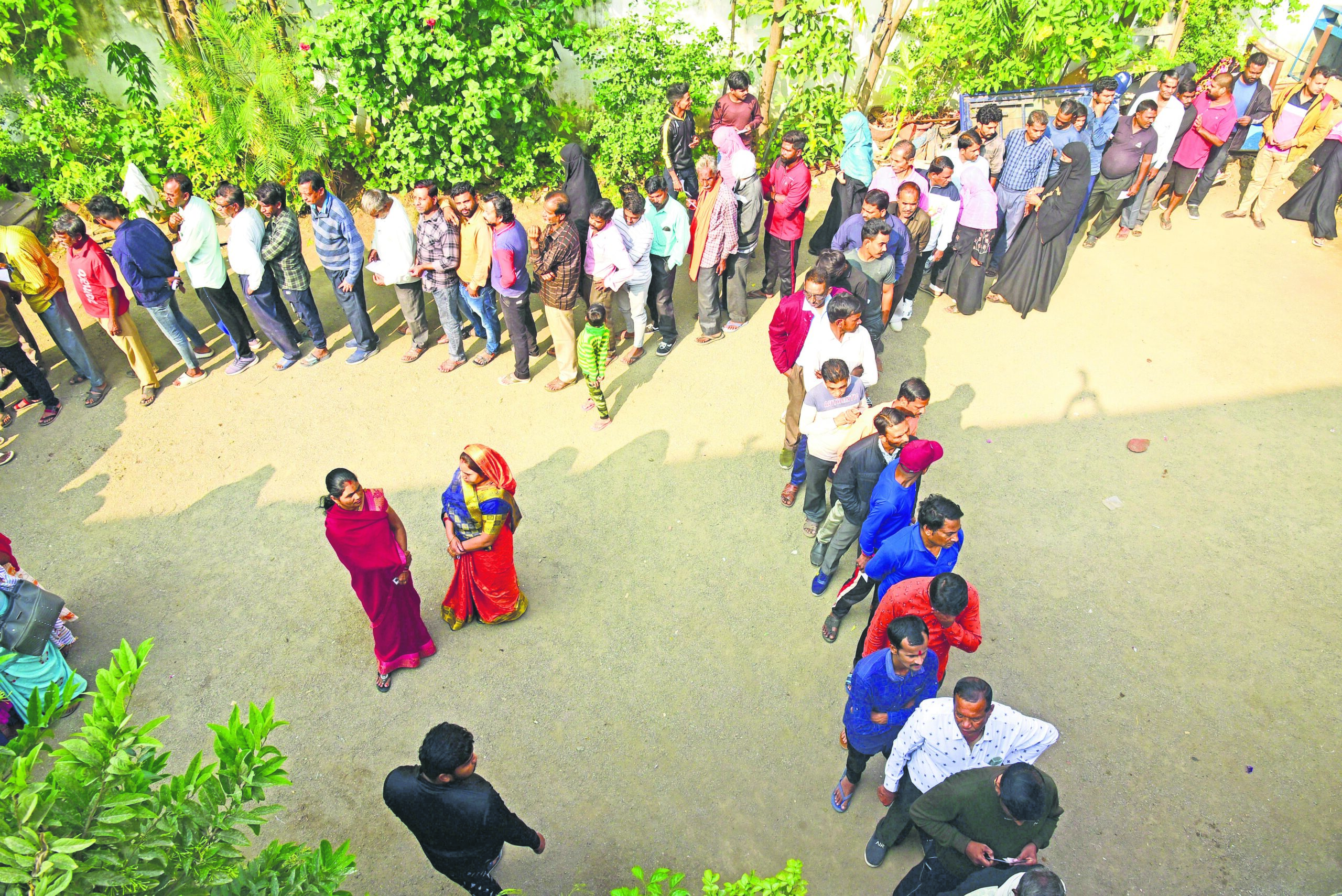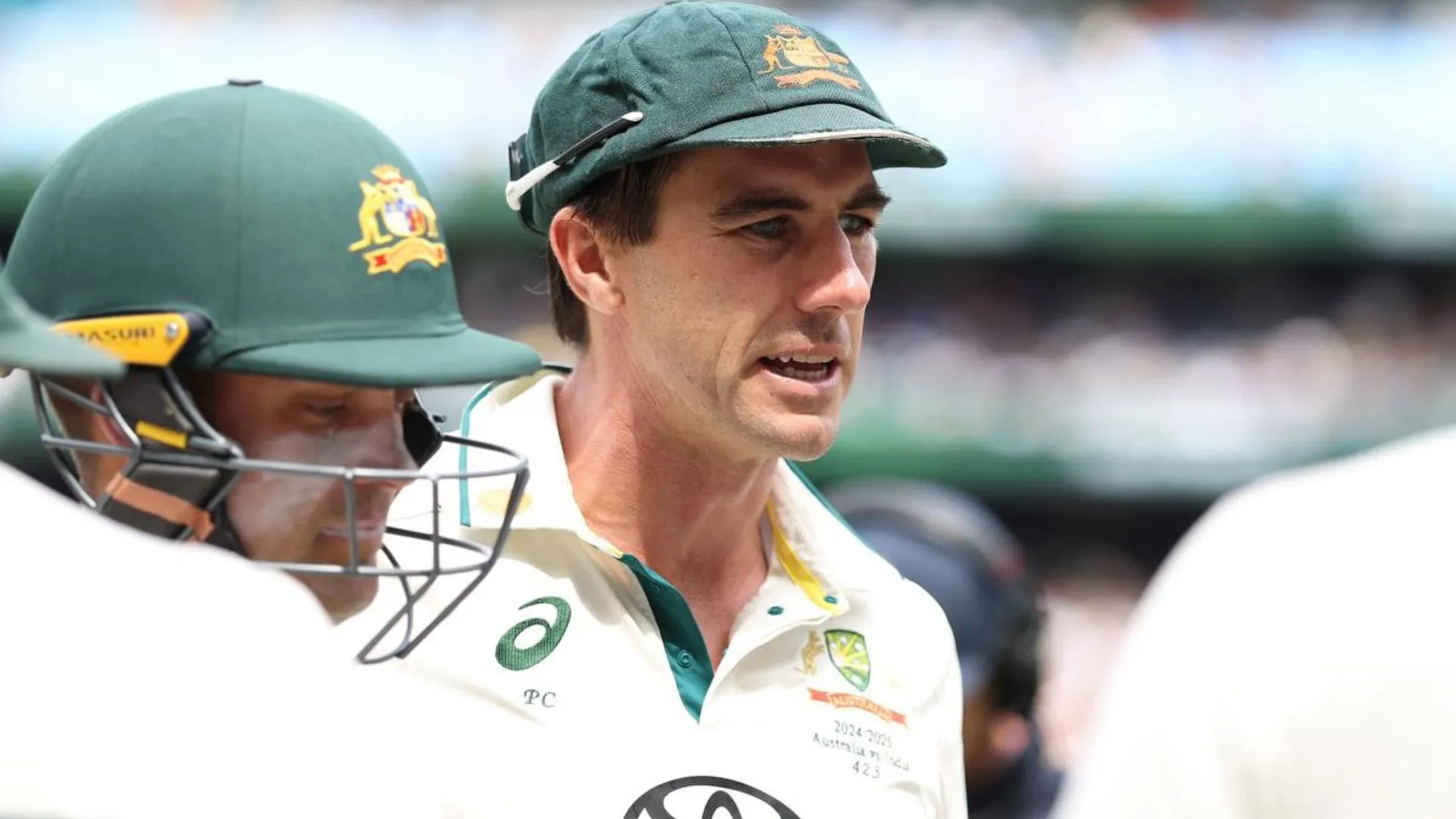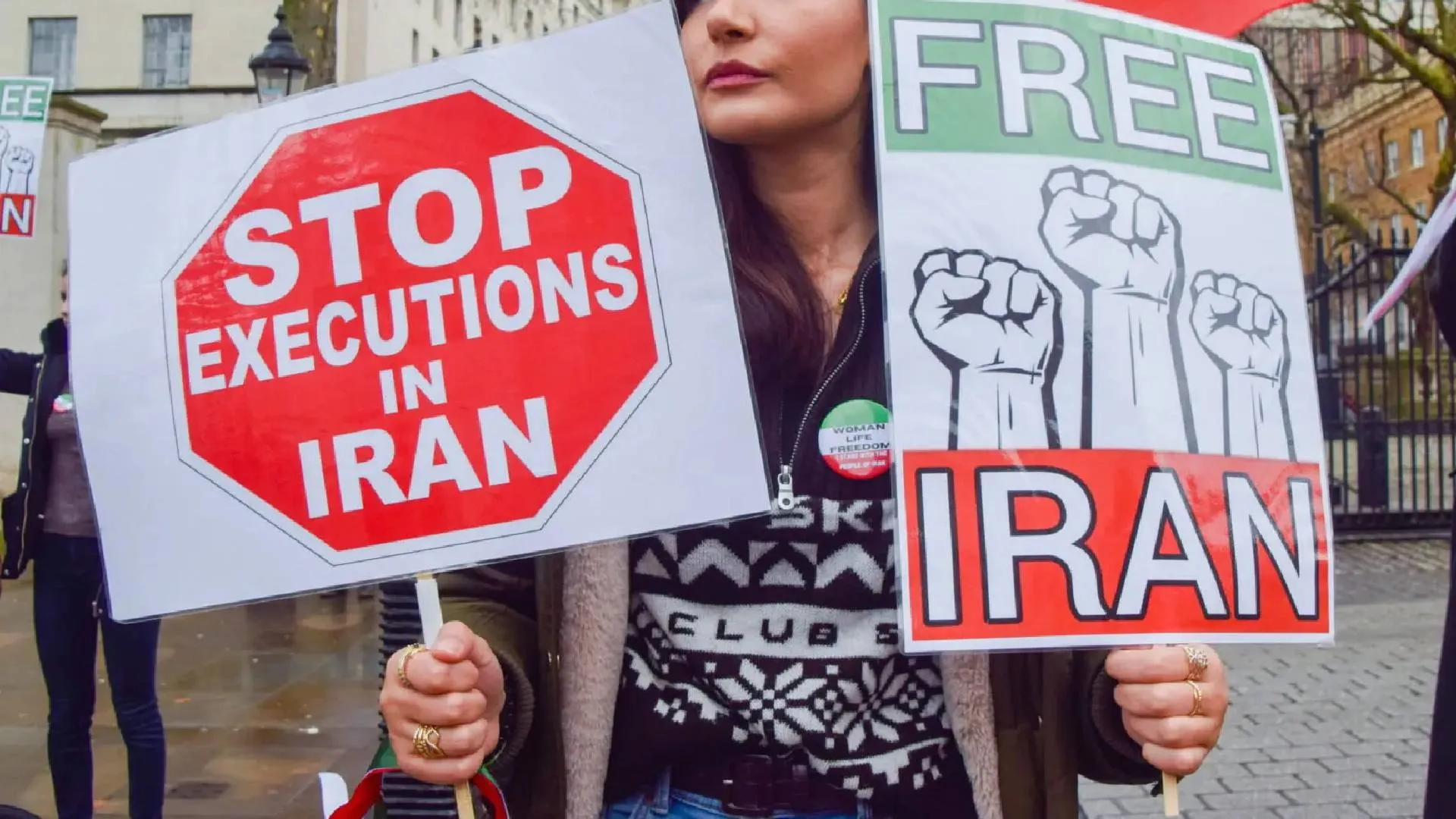People cast their votes in the 2023 Madhya Pradesh assembly elections, with a turnout of 72 per cent recorded by 6 pm and was expected to increase by an additional 2 to 3 per cent. The results will be declared on December 3.
Examining the electoral history of Madhya Pradesh over the last 38 years, an intriguing pattern emerges. Notably, whenever there is an approximately 5 per cent increase in voting, there tends to be a change in political power.
For instance, in 2013, Madhya Pradesh witnessed 72 percent voting, while in 2018, the turnout exceeded 75 per cent. Despite the BJP having a higher vote percentage in 2018, the Congress formed the government. This trend persists in the state’s political history—whenever the voting percentage has seen an increase, there has been a corresponding change in power.
Reviewing past elections, in 1990, there was about a 4.5 per cent increase in voter turnout compared to 1985, resulting in the BJP taking power from the Congress. Similarly, in 1993, a 6.5 per cent increase in voting led to the Congress regaining control. In 2003, a 7 per cent rise in voter participation did not lead to a Congress victory but saw the BJP forming the government, overturning the Digvijay government.
Subsequent elections in 2008 and 2013, with 2.03 percent and 3.38 per cent more voting respectively, maintained the BJP’s rule in Madhya Pradesh. The 2013 elections had a voting percentage of 72.07.
In terms of the 2023 election strategy, the Bharatiya Janata Party (BJP) focused on first-time voters and women, targeting approximately 22 lakh young voters and appealing to the women vote bank through schemes such as Laadli Brahmin and Lakhpati Brahmin. The Congress, on the other hand, emphasised guarantees and the Nari Samman Yojana. Both parties made various announcements regarding women, with the increased voting percentage among women prompting speculation about the impact of BJP’s initiatives or Congress’ focus on women’s empowerment.

















